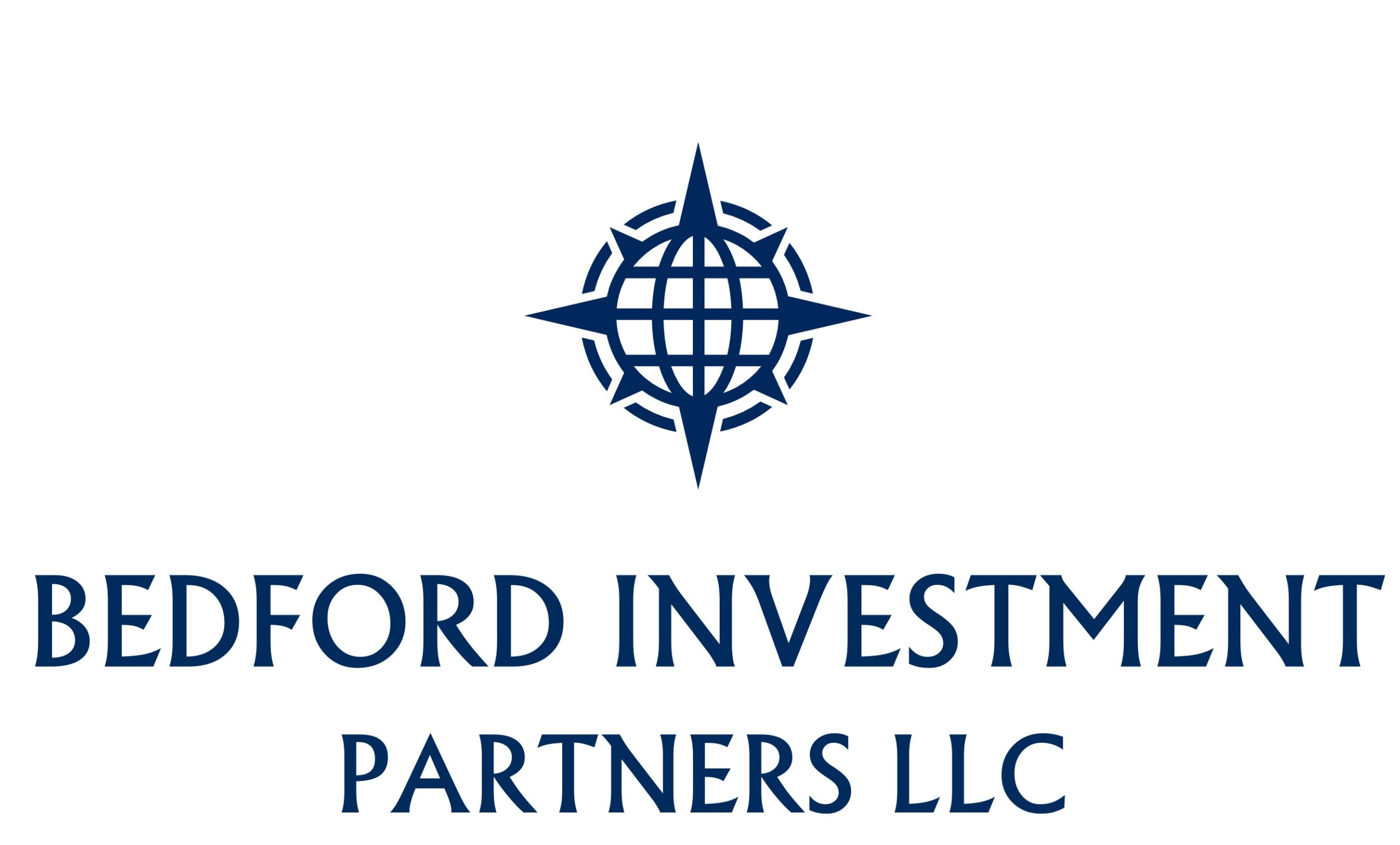The term commodity refers to physical goods which are used to create more complex products. They are essential products which are sold without qualitative differentiation across an associated market. The management of risk associated with commodity trading is called commodity risk management.
They can be traded two separate markets: the cash (spot) market and the futures market. At the cash market, the trading of physical commodities involves cash transactions, and the exchange of the commodities occur in the present. With the futures market, trading involves future obligations to make or take delivery at a future date, instead of the actual commodity. They are traded on commodity exchanges which are platforms that allow numerous traders to trade commodities. However, there are risks involved in the trade of commodities.
What Are Commodity Risks
The volatile nature of commodity pricing makes commodity risks a crucial element in commodity trading. The market forces of demand and supply cause huge price fluctuations that can adversely affect the commodity market. Especially as these markets have become more complex by the day.
What are the types of Risk?
Commodity traders are likely to be exposed to any of, or a combination of the following commodity risks:
- Price risks: These arise because of adverse movement in the prices of commodities that are determined by macroeconomic factors.
- Quantity Risk: Quantity risks arise due to changes in the availability of commodities.
- Cost risk: Costs risks are a result of an increase in the costs of commodities.
- Regulatory risk: When laws and regulations have the potential to impact on the prices or availability of commodities, then there is a regulatory risk.
Which Sectors are More Exposed to Commodities Risk?
While risk is a part of commodity trading, traders in the following sectors of the commodity markets are mostly exposed to commodities risks.
- Mining and Minerals sector like Gold, steel, coal
- The agricultural sector like wheat, cotton, sugar
- Energy sectors like Oil, Gas, Electricity
What Is Risk Management?
Dealing in commodities and the attendant volatility of prices exposes traders to lots of risks. This is why it is imperative to execute risk management strategies to mitigate and manage the risks associated with trading in commodities.
Nonetheless, with an effective risk management program, investors can gain a consolidated view of these risks; understanding market swings, quantifying net exposures and determining applications for hedge accounting serve to establish a firm handle on these commodity risks and how to effectively manage them.
Essentially, commodity risk management means reducing uncertainty by controlling those factors that can be controlled since it is impossible to predict the outcome of an uncertain event. However, effective risk management can be expensive though- building and managing a risk management team, ascertaining the level of exposures in the market, and paying a premium for the hedging products. To effectively manage commodity risks, having the relevant risk management framework with the right people with the right tools, provides a clear vision of the state of the business and the risks associated with the trading.
Takeaways
Commodity risk management is essential to mitigate those risks that are part and parcel of commodity trading. This is because these risks are inevitable, and it is best to be prepared for their possibility.


